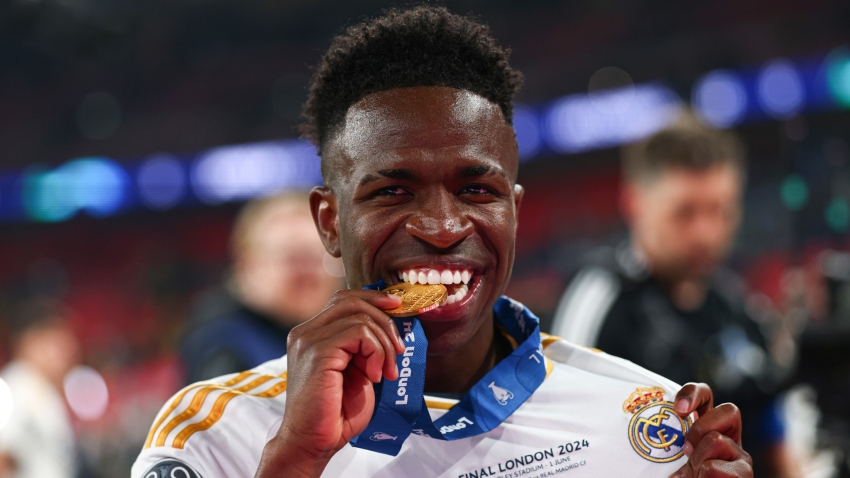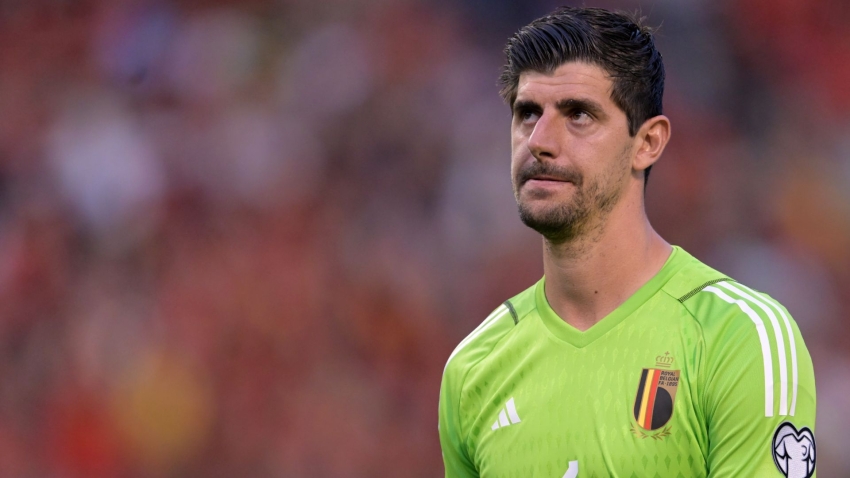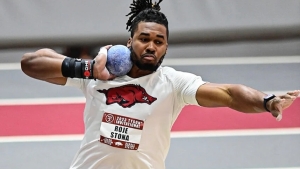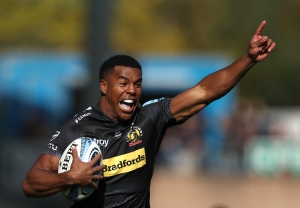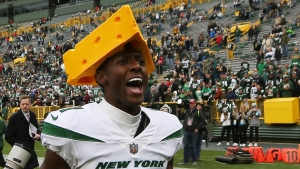Wales boss Warren Gatland admits he has “no idea” if Louis Rees-Zammit will play rugby union again following his switch to American football.
While Wales prepare for a Guinness Six Nations opener against Scotland, Rees-Zammit will be concentrating on the NFL’s International Player Pathway in the hope of forging a gridiron career.
His move to the United States with immediate effect has left Wales and his club Gloucester without a box-office wing, whose try-scoring ability thrilled crowds on domestic, European and international stages.
Rees-Zammit’s rugby union career comes to a halt after winning 32 Wales caps and a World Cup campaign in France when he scored five tries.
Asked if the 22-year-old would come back to rugby one day, Gatland said: “No idea. There aren’t a lot of people who make it in the NFL who haven’t been brought up with the game and played it at a young age.
“There is probably not a lot of difference with rugby league players (trying to play union). Unless you have been brought up playing union, some are able to make it, but very few.
“So it is going to be a challenge for him, but good luck to him.
“We saw Christian Wade (ex-Wasps and England wing) do it, and if you look at rugby league, there was Jarryd Hayne from Australia who had a few games but wasn’t really able to crack it.
“Christian got quite close to doing it. He was a bit older, though. Louis sees it as an opportunity at his age, and if he doesn’t take that chance now it probably won’t come around again.
“We are disappointed to lose a talent like him, but we’ve just got to take that on the chin, move on and focus on the rest of the squad.
“The last thing I can do is dwell on losing him, because the focus has got to be on preparing the squad for the first game.”
Gatland believes that American football will see a player who is “a bit of a freak as an athlete” and someone who is still developing in the sporting arena.
“I thought he was outstanding in the World Cup,” Gatland added. “The pleasing thing for me was that he hardly missed a training session and he was playing well.
“He is probably a bit of a freak as an athlete. He is a freak physically and he gets a chance to challenge himself.
“He has obviously been a big fan (of the NFL) as a youngster and he has got a very high profile away from the game in terms of social media, so this probably helps him enhance that. I am not saying that is a negative at all.”
Another player who will not be part of Wales’ Six Nations squad is 21-year-old Exeter wing Immanuel Feyi-Waboso.
Cardiff-born Feyi-Waboso qualifies for Wales and England, but he is believed to have been involved in a recent England alignment camp organised by head coach Steve Borthwick.
He could now be named in Borthwick’s Six Nations squad, which is announced on Wednesday.
Gatland said: “I didn’t personally speak to him. Mike Forshaw (Wales defence coach) had a conversation with him and he had expressed that he wanted to go down the English route, so good luck to him with that.
“He has definitely got some talent, there is no doubt about it. He is as green as anything.
“He has obviously had an approach from England, and he has decided to take that path.”













